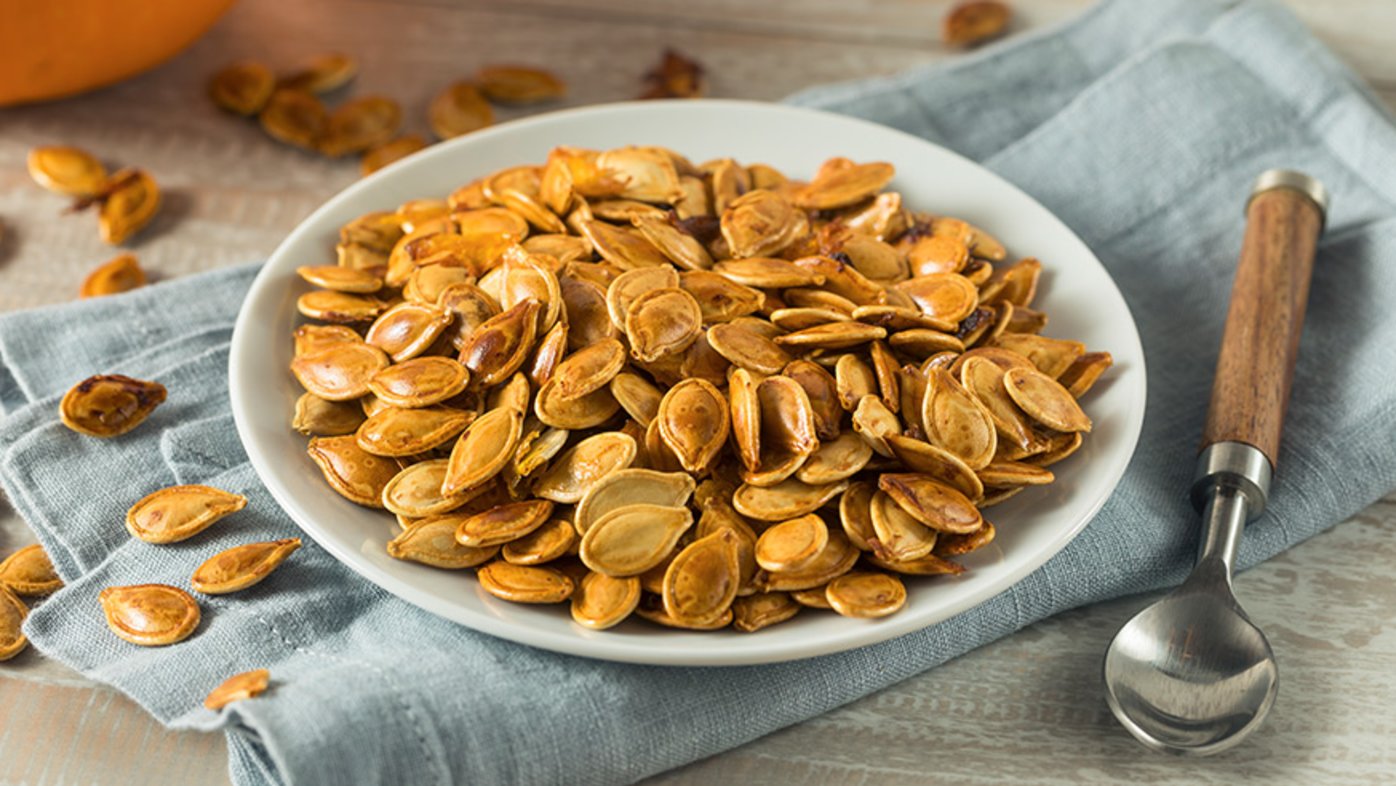
Health benefits of pumpkin seeds
Pumpkin seeds are loaded with the nutrients our bodies need.
A stroke is a life-changing event and can impact a person’s ability to speak, move and perform daily activities. What’s more, a stroke can also affect an individual's mental health, cognition, memory and overall quality of life.
In the U.S., someone has a stroke every 40 seconds. About 40% of these events are ischemic strokes, which are caused by a blockage in the blood supply to the brain. Often, ischemic strokes may not have an apparent cause.
However, for some people who have ischemic strokes, a hole in their heart called a patent foramen ovale (PFO) may be to blame. A PFO is a small, flaplike opening between the upper heart chambers. It’s present in everyone before birth and usually closes shortly after birth. But in about 30% of people with a PFO, it remains open.
The health effects of a PFO
If a PFO doesn’t close, blood clots can form and leave an individual’s heart through the remaining opening. The clots can then reach the brain, causing strokes or ministrokes, known as transient ischemic attacks (TIAs).
The symptoms of a TIA are similar to those of a stroke and include:
Numbness or muscle weakness of the face, arm or leg, usually on one side of the body
Trouble speaking or difficulty understanding others
Dizziness or loss of balance or coordination
Double vision or trouble seeing in one or both eyes
Sudden, severe headache with no known cause
Symptoms of a TIA usually last a few minutes. However, they serve as a warning sign that a person is at higher risk of a major stroke and should seek immediate medical attention.
Understanding how an initial stroke happened allows doctors to offer better, more targeted ongoing therapy. Such therapy then improves the ability to prevent future strokes.
Specialized technology to treat strokes
In October 2022, Sharp Memorial Hospital became the first hospital in Southern California to offer a new technology called robotic transcranial Doppler (TCD) to detect PFOs accurately.
“Until recently, the technology available to find these holes has been limited to traditional ultrasound,” says Dr. Ajay Yadlapati, a cardiologist affiliated with Sharp Memorial Hospital. “While useful for examining the heart’s structures, this technology is less effective at finding PFOs and determining the risk they present.”
The test to find PFOs with TCD involves injecting microbubbles of an air and saline mix into a patient’s vein. During the test, the Doppler signal, which measures blood flow through blood vessels, is recorded while the patient performs a Valsalva maneuver — an effort to exhale without letting air escape through the nose or mouth. In everyday life, a person uses a Valsalva maneuver during common activities, such as straining to have a bowel movement or blowing a stuffy nose.
These safe microbubbles can pass through an existing PFO and travel directly to the brain. The TCD machine can then detect the microbubbles as a blood clot within the bloodstream in the brain arteries, indicating a PFO’s presence.
Closing a PFO
PFOs that aren’t causing symptoms don’t usually need to be closed. However, people with symptomatic or large PFOs may benefit from a procedure, which is often paired with medication, to close the hole and minimize their risk of stroke.
Closing a PFO is a minimally invasive procedure that typically does not require an overnight hospital stay. It’s performed under conscious sedation in a cardiac catheterization lab. During the procedure, a small device is placed through a vein in the groin to close the PFO in the heart, significantly reducing the risk of future strokes and TIAs.
“With the latest advancements in robotic TCD technology, PFOs are three times more likely to be found, and the risk of stroke is better determined,” says Dr. Yadlapati.
Learn more about heart care at Sharp; get the latest health and wellness news, trends and patient stories from Sharp Health News; and subscribe to our weekly newsletter by clicking the "Sign up" link below.
Our weekly email brings you the latest health tips, recipes and stories.